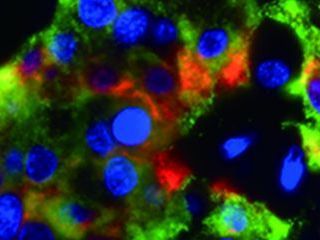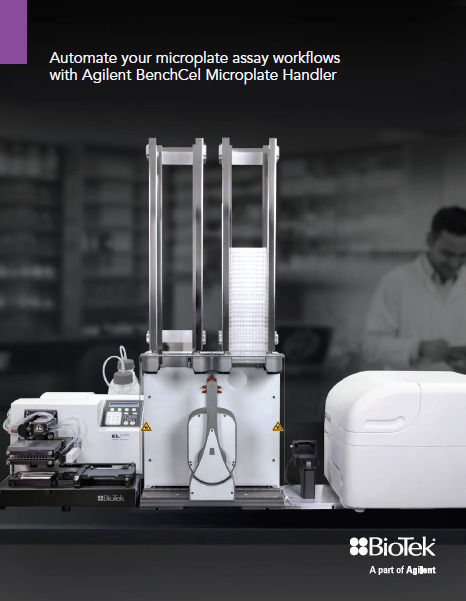New technique invented to reveal pancreatic stem cells
Wanted: stems cells. Just like those absconders chased by police all over the world, everybody can tell about their good deeds but none really knows how to recognize them. Yet, as of today, thanks to a study just published in the Proceedings of the National Accademy of Sciences (PNAS) and authored by Nobel Laureate for medicine in 2007 Mario Capecchi and by the researcher from the Catholic University of Rome Eugenio Sangiorgi, we now know how to reveal the stem cells camouflaged in the pancreas. "Reading the newspapers sometimes one would doubt it – says Sangiorgi – but we don't know many things about stem cells. It might look odd, but for instance we don't have a method to distinguish a priori between a stem cell and any other cell in the same tissue. We can only infer that a cell really is a stem cell by observing its behaviour". In other words, when a researcher encounters a tissue, it's not immediately possible to identify with certainty and thus isolate a stem cell. In some case, like in the meadows, we now know where they are located and how to single them out – and hence we have been capable of successful life saving transplants for many years. But in the case of the pancreas, as in that of many other tissues, until some years ago we doubted that these special cells were even present there. "Together with Professor Capecchi, we had already designed in the past a novel way to mark the stem cells in a tissue: a sort of little flag, capable of helping us to effectively label the cells we were looking for", explains Sangiorgi. In order to achieve this, Capecchi and Sangiorgi used a molecular switch, that is a piece of DNA, which activates itself once the mouse under scrutiny takes a special drug. When the switch is "on", a special fluorescent protein is produced (and, as a matter of fact, the study about this type of proteins won the Nobel Prize in chemistry last October). The luminous cells are indeed the long-sought stem cells. "In order to understand that these are really stem cells, we need only to wait", comments Sangiorgi. "A normal cell is sooner or later destined to die. A stem cell, instead, retains its capacity to renew itself and replicate. Thus, if we can still observe, many months later, that a cell is still alive, that means it is indeed a stem cell – or a cell derived directly from the division of a stem cell". In the newly published article, Sangiorgi and Capecchi have shown with their technique that a particular subset of the pancreatic cells, the so-called acinar cells, are indeed stem cells. The truly interesting aspect of their results is that these cells also produce important digestive enzymes. "So far, a stem cell was really looked upon as a sort of General, in charge of all the other cells, but really doing nothing: an undifferentiated cell, but with no specific task other than generating new tissue. Acinar cells, on the other hand, despite being proved stem cells, have a well defined task in the pancreas. They are like soldiers doing their job, but also capable – when necessary – of taking over the reins of the government", tells Sangiorgi with a metaphor. The work of Capecchi and Sangiorgi paves the way to an extension of the definition of the stem cell, which will lead to a more detailed study on the proliferation mechanisms at the root of the success of these cells – and of their potential danger. "Thanks to their extraordinary reproductive power – Sangiorgi, in fact, explains – these cells might even turn out to be carcinogenic. But if we are capable of constructing an effective instrument like ours in order to isolate and study them even in other organs, we can study their properties and give many answers about the way they work. One of the things we would like to understand is if also in vivo these types of cells – somehow eternal – are more tumour-sensitive – for instance because they tend to accumulate all the potential environmental risk factors throughout their very long life".
Most read news
Topics
Organizations
Other news from the department science

Get the life science industry in your inbox
By submitting this form you agree that LUMITOS AG will send you the newsletter(s) selected above by email. Your data will not be passed on to third parties. Your data will be stored and processed in accordance with our data protection regulations. LUMITOS may contact you by email for the purpose of advertising or market and opinion surveys. You can revoke your consent at any time without giving reasons to LUMITOS AG, Ernst-Augustin-Str. 2, 12489 Berlin, Germany or by e-mail at revoke@lumitos.com with effect for the future. In addition, each email contains a link to unsubscribe from the corresponding newsletter.
























































